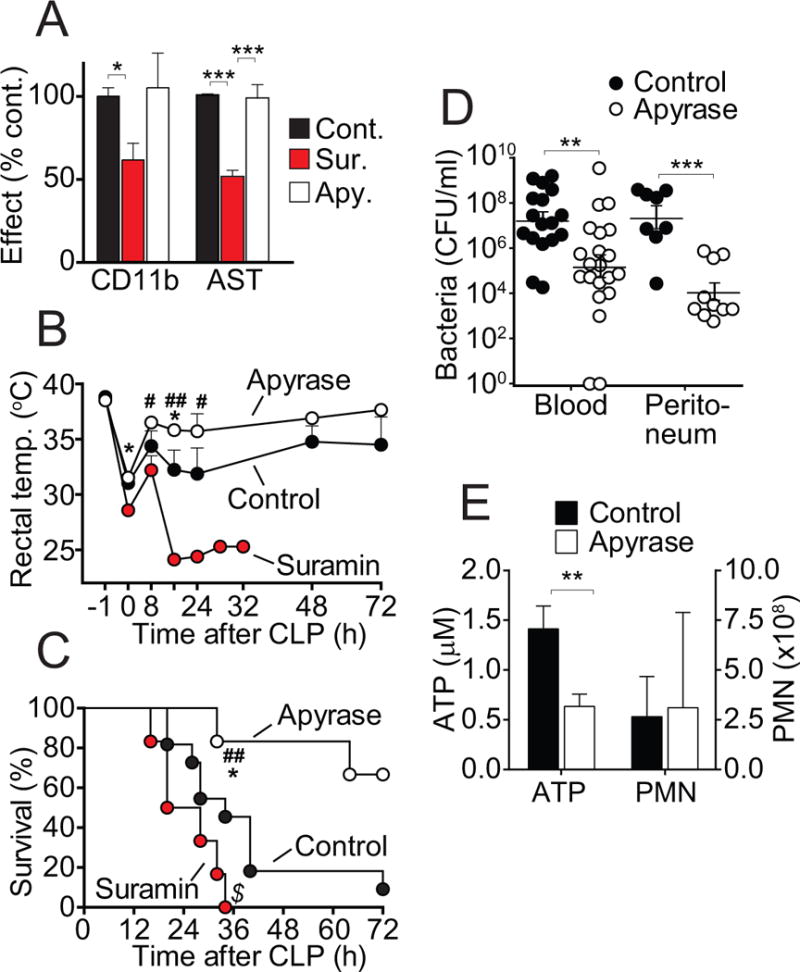Figure 4. Removing systemic ATP improves host immune defense and survival in sepsis.

(A) WT mice were randomly divided into three groups. Control mice received normal saline vehicle prior to CLP; suramin was administered subcutaneously as a bolus (16 nmol/g BW) 10 min prior to CLP; and apyrase was administered intraperitoneally as a bolus (0.6 IU/g BW) 30 min prior to CLP. Animals were sacrificed after 18 h and PMN activation and plasma AST levels were determined. Data are expressed as percent change compared to untreated controls and represent the means ± SEM of 8–12 animals per group (ANOVA; *p<0.05, **p<0.01, ***p<0.001). (B) Body temperature was recorded with a rectal temperature probe before surgery (t=−1 h), at the end of surgery (t=0 h), and throughout the 72-h observation period following CLP. Each data point represents the mean ± SEM of 6 animals in each group. Differences among the three groups were analyzed with ANOVA (*p<0.05 control vs. apyrase; #p<0.05; ##p<0.01 apyrase vs. suramin). (C) Survival rates in the three treatment groups were recorded for a period of 72 h after CLP. Each group consisted of 11 animals. Survival statistics were assessed using the Kaplan-Meier test (*p<0.02 control vs. apyrase; $p<0.05 control vs. suramin; ##p<0.01 apyrase vs. suramin). (D) Numbers of bacteria in the blood and the peritoneum of mice with or without apyrase treatment were assessed 18 h after CLP. Data are expressed as means ± SEM of 17–21 animals per group (blood) and 6–10 animals per group (peritoneum). Comparisons between groups were made with ANOVA (**p<0.005, ***p<0.0001 control vs. apyrase). (E) ATP concentrations and total PMN counts in the peritoneal lavage of CLP mice without (control) and with apyrase treatment were determined (n=3 per group). Comparisons between groups were made with ANOVA (**p<0.005, ***p<0.0001 control vs. apyrase).
